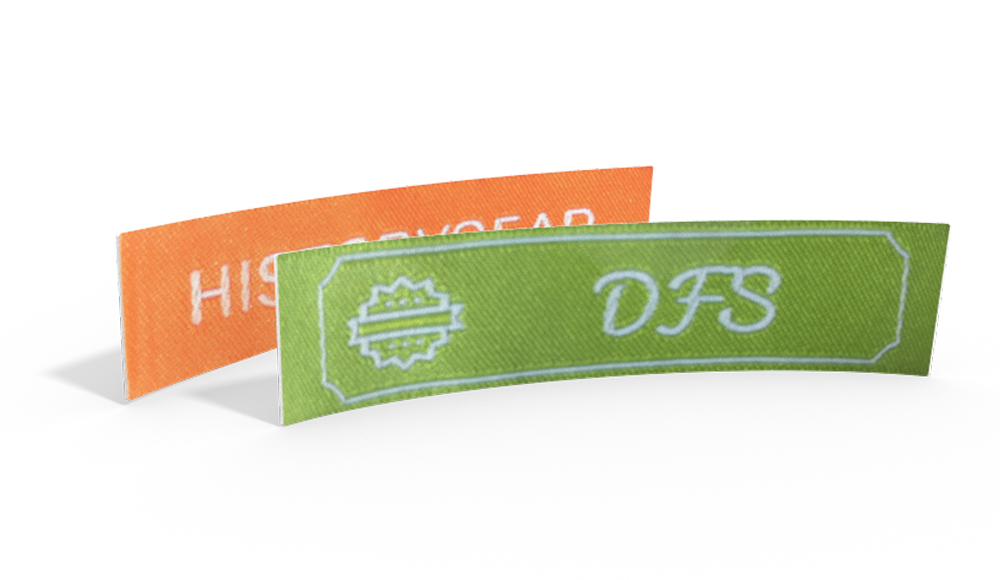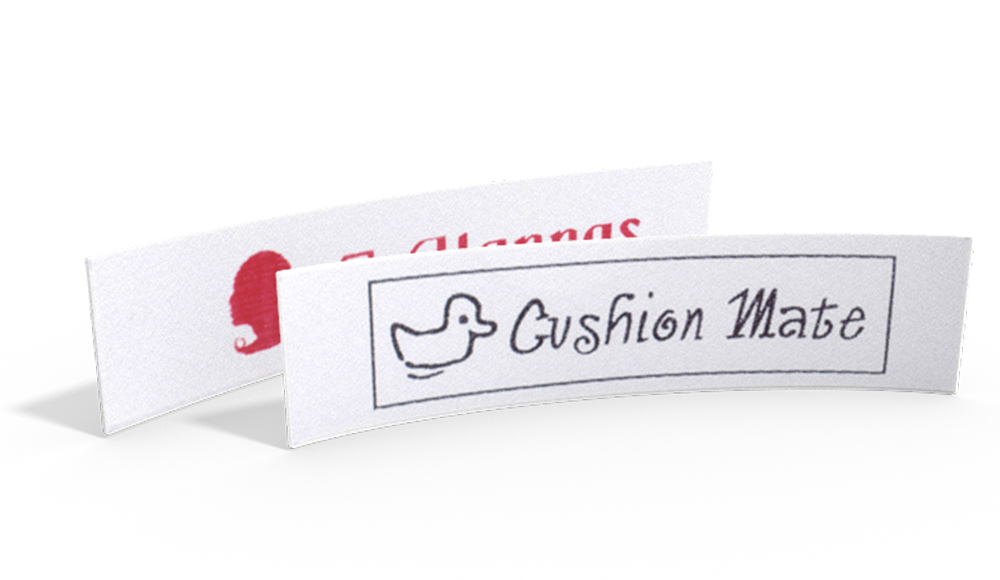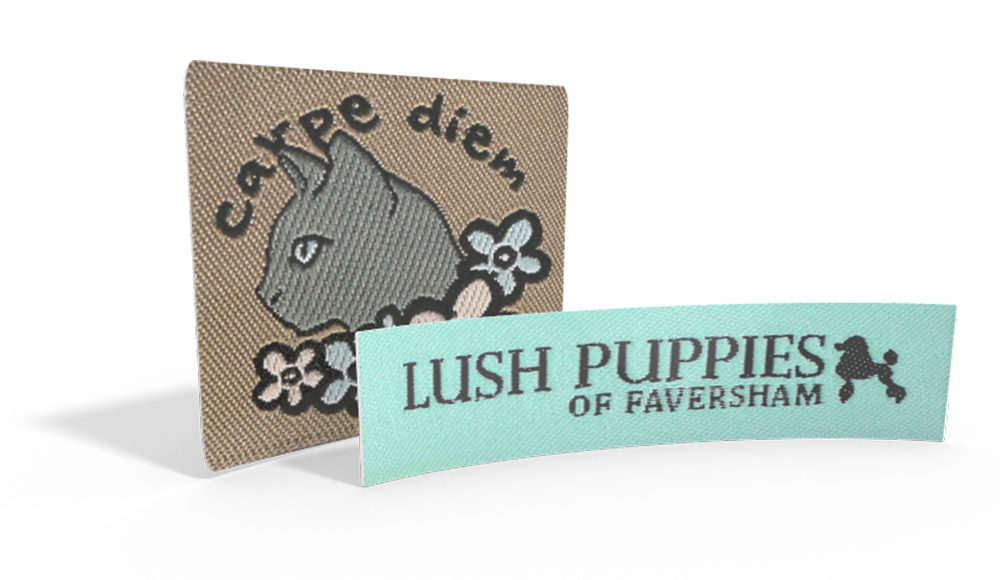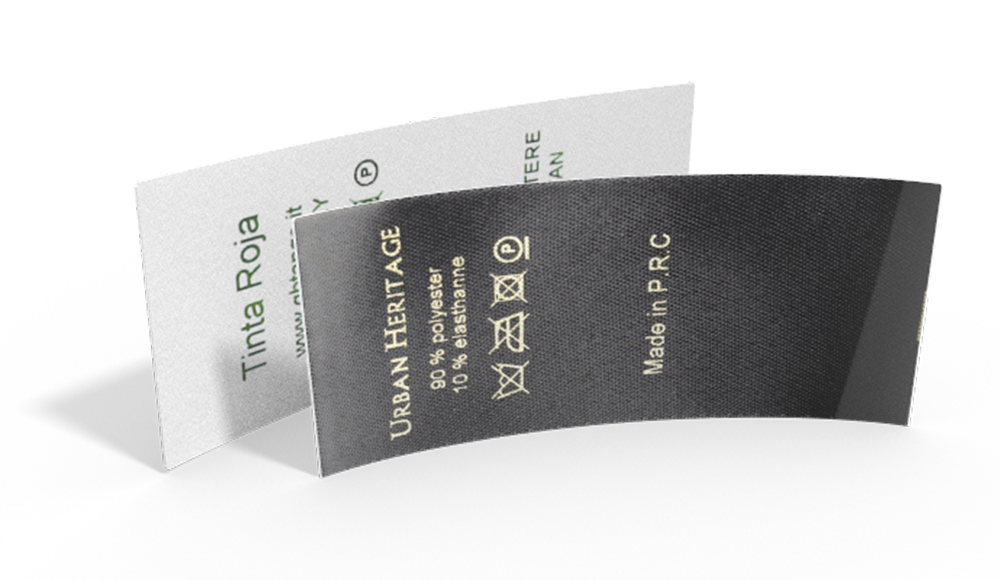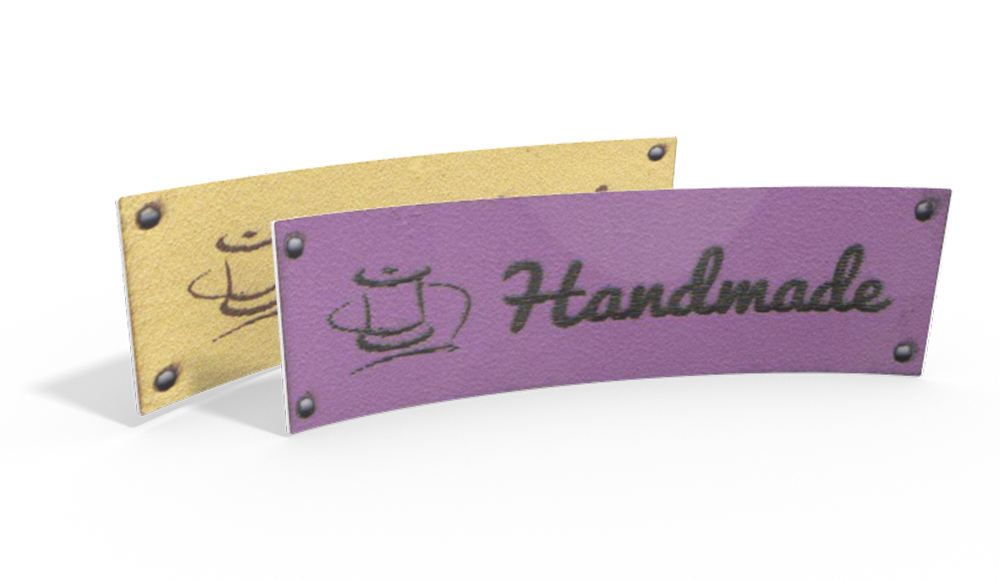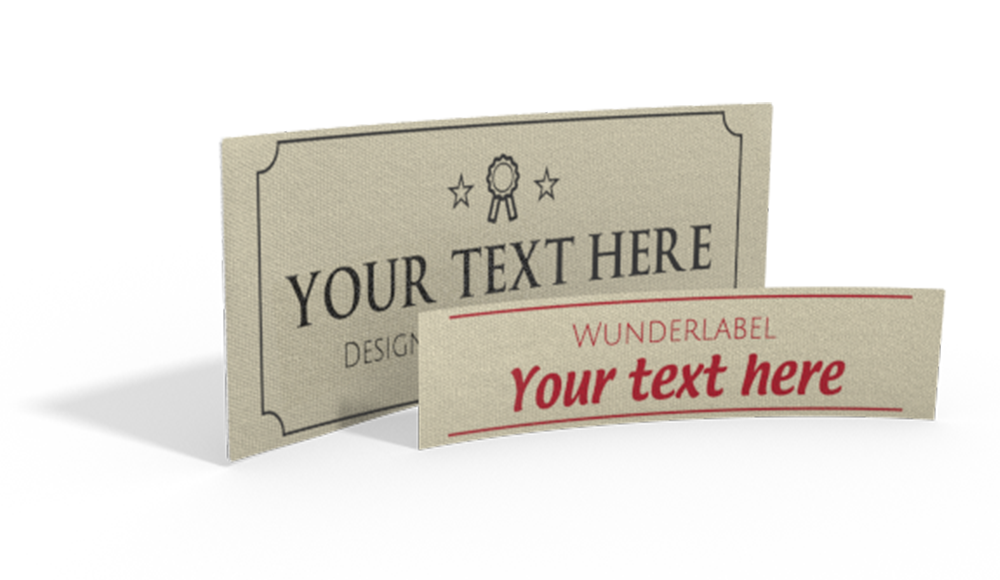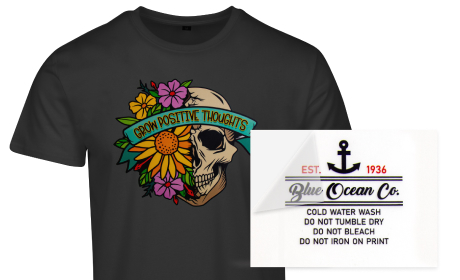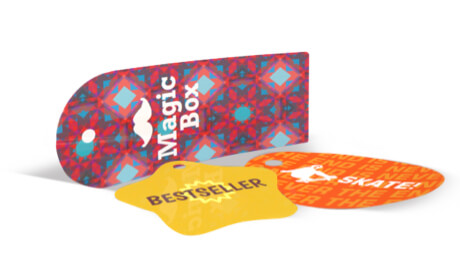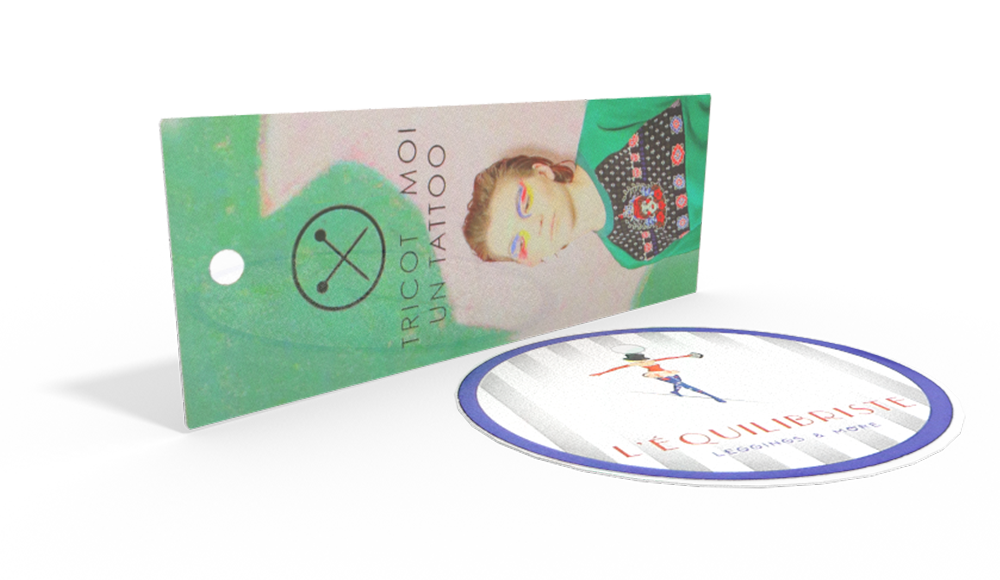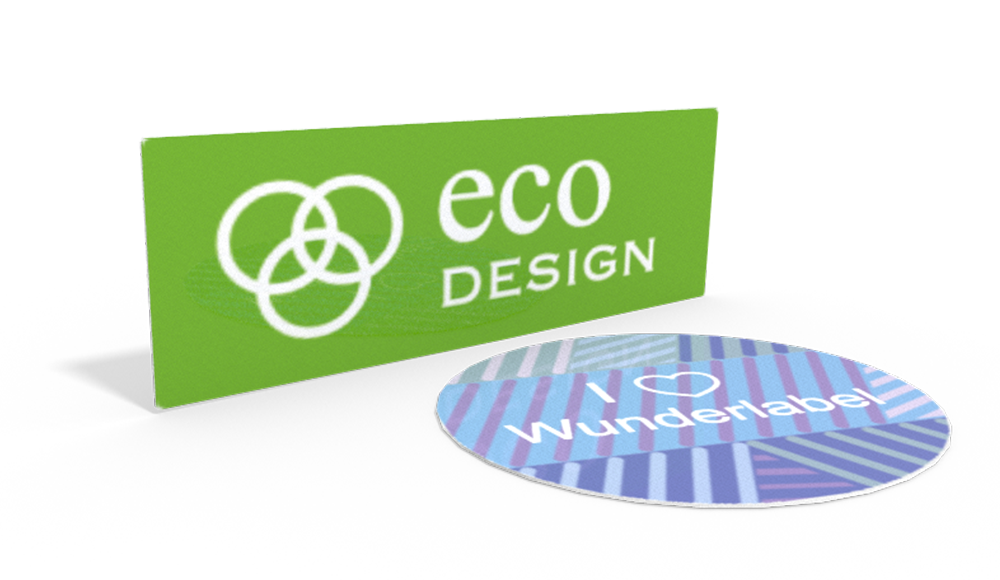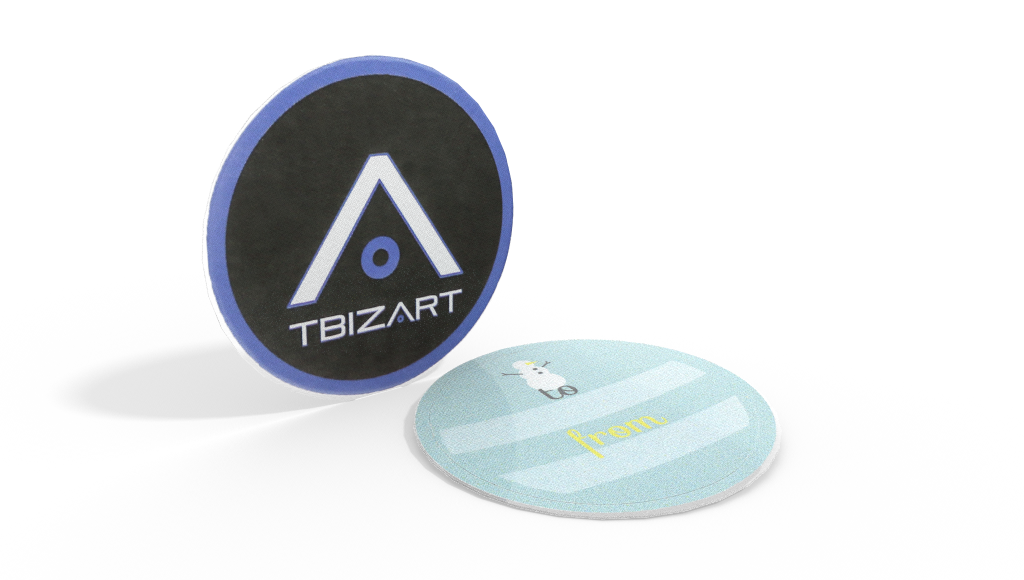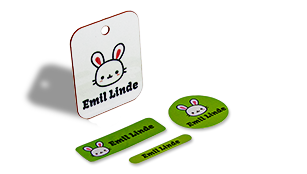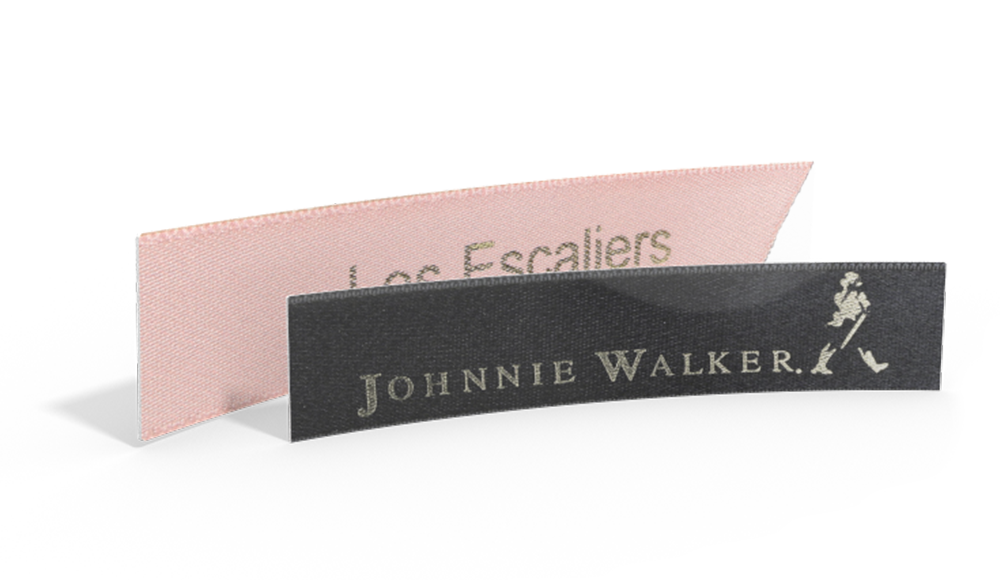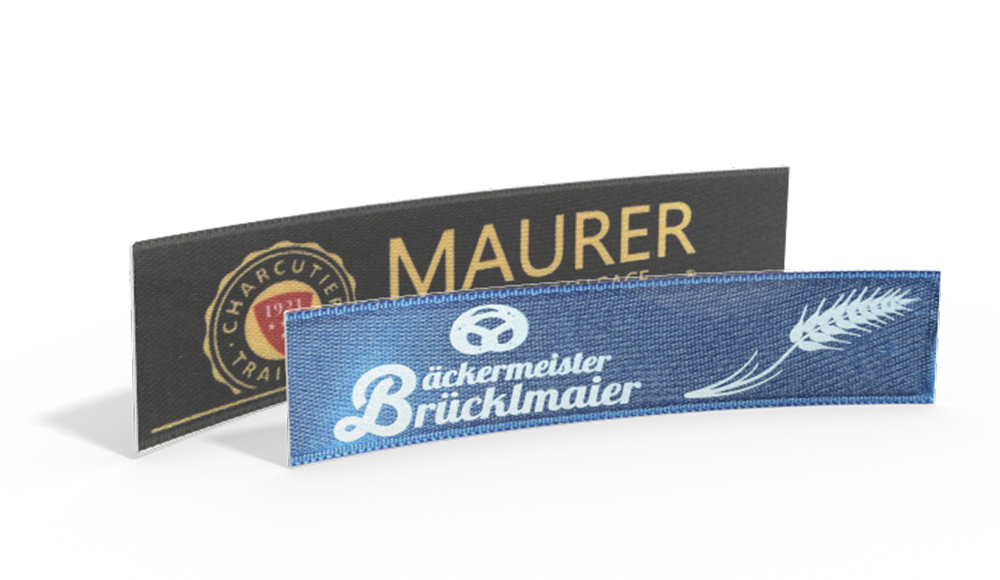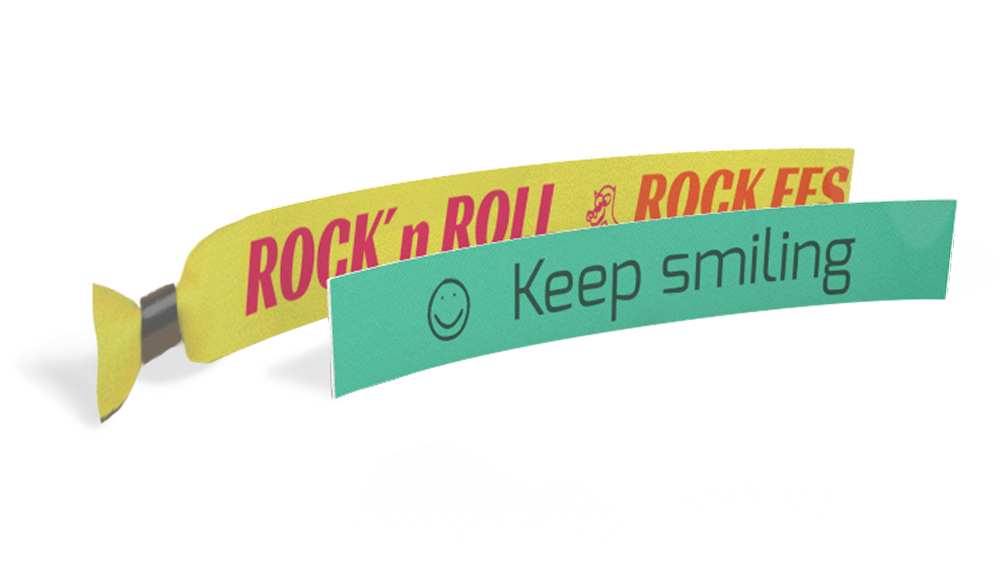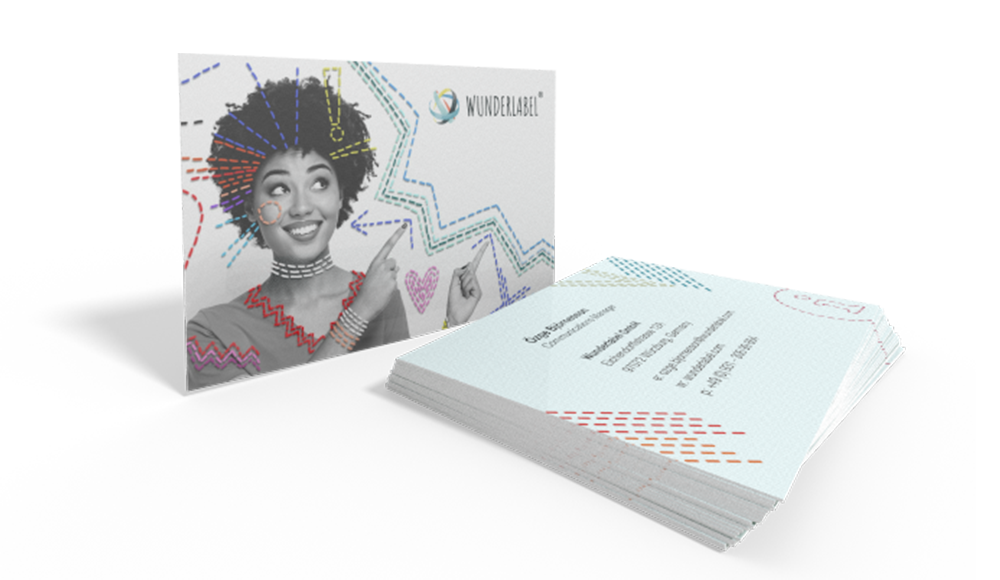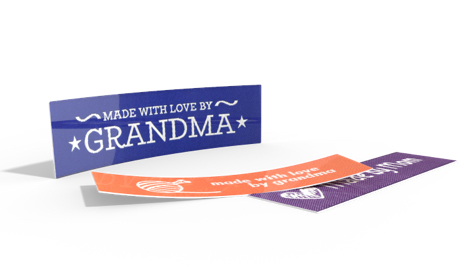Setting up your own fashion label requires strategic thinking and focused action. From market analysis to developing a strong brand identity and legal aspects, this blog post will give you a concise overview of the steps you need to take. A memorable name, thoughtful design and a clear business idea are the foundations of your long-term success. Discover how to build a successful fashion label with originality, quality and individual style.
For more information on starting a business, see our blog post "Starting a Business - Information and Checklist for Your Journey to Independence".
Start a Clothing Line with Innovative and Goal-oriented Ideas
In a highly competitive industry, having a unique selling point is essential for a fashion designer to stand out from the crowd. This requires both creative originality and a clear goal to successfully launch your collection. While a formal education or degree in design or fashion is not essential, it is helpful to acquire the necessary skills and knowledge. Ultimately, developing creative and focused ideas is a process that requires constant learning, experimentation and adaptation to succeed in the dynamic fashion industry.
Unique Selling Proposition of Your Clothing Brand
The Unique Selling Proposition (USP) is the key to successfully launching your brand in an industry dominated by large, established brands. Here are the key points for developing your USP:
Business and Financial Plan to Start a Clothing Brand
In order to establish a clothing brand that's profitable and on the course to long-term success it is crucial to create a detailed business and financial plan. The business plan covers all strategic and operational aspects of the business, while the financial plan outlines the financial resources and projections for the business. Both plans are essential to convince investors and potential business partners and provide a solid foundation for the successful launch of the fashion line.
Business Plan
A business plan is a crucial component for investors and funders to assess the future prospects and potential of a business. Ready-made online business plans can help with the structure and content of the business plan, making it easier to prepare and present your clothing business to potential funders.
Business Model Canvas: Planning Your Brand Success in the Fashion World
The Business Model Canvas is a useful tool that presents all the key aspects of your business in a clear and understandable way on a single page. From customer relationships to revenue streams, key partners and cost structures, all relevant information is visible at a glance. This allows entrepreneurs and decision-makers to quickly identify areas for optimisation or areas that are particularly successful. It is a valuable tool for analyzing, optimizing and presenting your business model to potential investors or partners.

Financial Plan
A financial plan for a fashion brand can include various options to secure the necessary funding. These may include taking out loans, securing investment from private investors or venture capital firms, crowdfunding campaigns, government grants, or entering competitions or scholarship programmes. The choice of funding options will depend on the individual needs and finances of the clothing brand. Here are some key aspects to consider when creating your financial plan.
There are several funding options to consider when starting your own clothing line:
- Equity: Use your own savings or invest personal funds to start your fashion label. This could include money from family or friends.
- Bank loans: Apply for a business loan from a bank or other financial institution. This often requires a solid business plan and collateral.
- Investors: Seek out private investors or venture capital firms willing to invest in your fashion label. This can mean a significant financial boost, but usually requires a stake in the business or repayment.
- Crowdfunding: Use platforms such as Kickstarter or Indiegogo to raise funds from a large number of people who believe in your idea. You often offer rewards or products in return.
- Angel investors: Look for wealthy individuals (known as angel investors) to invest in startups. These investors can provide capital and business contacts.
- Grants and subsidies: Explore government and private grant programmes and scholarships specifically for fashion entrepreneurs.
- Lines of credit: Consider setting up a line of credit with a bank that can assist you with short-term financial needs.
- Supplier credit: Negotiate favorable payment terms with your suppliers to improve your cash flow. Some suppliers offer payment terms or discounts for early payment.
- Bootstrapping: Try to finance your fashion label as much as possible from your own earnings by starting modestly and growing organically.
- Collaborations: Consider partnerships or joint ventures with companies that can provide resources or funding.
- Online small business platforms: Use platforms such as Shopify Capital or Square Capital, which offer funding options specifically tailored to small businesses.
- Crowd investing: Similar to crowdfunding, where you raise money from a large number of investors, but offer shares in the company in return.
Using basic elements to start a fashion brand
When building your own fashion brand, it is important to align brand characteristics with customer interests. The philosophy and values that the clothing brand wants to convey must be clearly defined. A strong brand story and a distinctive logo are crucial to being noticed in the fashion industry. It is also important to implement a consistent corporate or brand identity to be consistent and recognisable. Using all these elements will contribute to your success in the clothing industry!
Choosing a Legal Structure and Registering Your Small Business
This is a crucial step in legally establishing your business, obtaining the necessary permits and registering your company. When choosing a legal structure, you should carefully consider the various options to find the one that best suits your business model. By registering your business and choosing the appropriate legal structure, you will establish the legal framework for your clothing brand and can officially launch your business.
When launching your own fashion label, you have several legal structures to choose from, and the most suitable option depends on various factors such as the size of your business, the level of control you want, and the tax implications. Here are some common legal structures:
- Sole proprietorship (sole trader):
- The simplest form of business ownership.
- You are personally responsible for all aspects of the business.
- You have full control but also full personal liability. - Limited Liability Company (LLC):
- Provides limited liability protection for owners (members).
- Flexible management structure.
- Pass-through taxation, i.e. profits and losses pass through to the owners' personal tax returns.
- Private Limited Company (Ltd):
- Limited liability for shareholders.
- Legal entity separate from its owners.
- More complex administrative requirements than a sole trader.
- Public Limited Company (PLC):
- Similar to a private limited company, but with shares that can be traded on the stock exchange.
- Suitable for larger companies with plans to float.
- Partnership:
- Involves two or more individuals who share ownership.
- General partnerships have joint liability, while limited partnerships offer limited liability for some partners.
- Limited Liability Partnership (LLP):
- Combines features of a partnership and an LLC.
- Partners have limited liability and there is flexibility in management.
- Social enterprise:
- A company with social or environmental objectives.
- Legal structure can vary, but often takes the form of a company limited by guarantee or a community interest company.
- Co-operative:
- Owned and operated by its members.
- Profits and control are shared between members.
- Franchise:
- Business model where an individual operates a business under the branding and support of a larger company (franchisor).
How Do You Register a Business?
Registering a business in the USA and Canada involves several key steps. In the USA, businesses typically start by choosing a legal structure, such as a sole proprietorship, LLC, or corporation. Once the structure is determined, the business needs to register with the appropriate state authorities, obtain an Employer Identification Number (EIN) from the IRS, and fulfill any state-specific requirements. In Canada, entrepreneurs select a business structure, register with the appropriate provincial or territorial authorities, and obtain a Business Number from the Canada Revenue Agency (CRA). Both countries require businesses to adhere to local regulations and tax obligations. It's advisable to consult with legal and financial professionals familiar with the specific requirements in each country to ensure a smooth and compliant registration process.
Distribution Channels and Targeted Marketing for Your Unique Brand
Deciding where to sell your products and how best to market them is crucial. By strategically choosing distribution channels such as online shops, retail stores or e-commerce platforms, you can reach your target audience in the best possible way. In addition, a targeted marketing strategy is essential to meet the needs and desires of customers and increase sales.
Distribution Channels
Distribution channels are essential for businesses to get their products or services to customers. Depending on your budget, there are several options, such as using platforms like Etsy with limited financial resources. An online shop is an important option, but quality and marketing should not be compromised. Products can also be sold in other fashion stores. However, retail is a costly option. It is important to carefully consider the different distribution channels and choose the best option based on the individual needs and resources of your clothing line business.
Marketing Strategies
A solid marketing strategy is essential to attract attention and stand out from the crowd. It is essential that advertising clearly communicates what your clothing company stands for. The choice and implementation of the strategy will depend heavily on the budget. Popular options include Google Ads or the use of social networks, where the right strategy is crucial. Influencer marketing is also an effective but expensive strategy to reach the desired audience.
Conclusion: Should you start your own clothing line?
Starting your own clothing line is an exciting venture that requires careful planning. A unique selling point is particularly important, but there should also be sufficient demand for the planned concept. Proper business registration is essential, although it can be costly and time consuming. Choosing the right distribution channels at the outset is also crucial to reaching the target audience. Effective advertising is a powerful tool for building brand awareness.
Following our recommendations will increase the likelihood of success, although creating a successful fashion brand is not a quick process and requires perseverance. Ultimately, patience and a step-by-step approach while maintaining a passion for clothing design are the keys to long-term success. We hope that this guide to building a clothing brand has been of help and wish you the best of luck!
More about fashion and starting a fashion label:
Wunderlabel Lab: Fashion Dictionary

